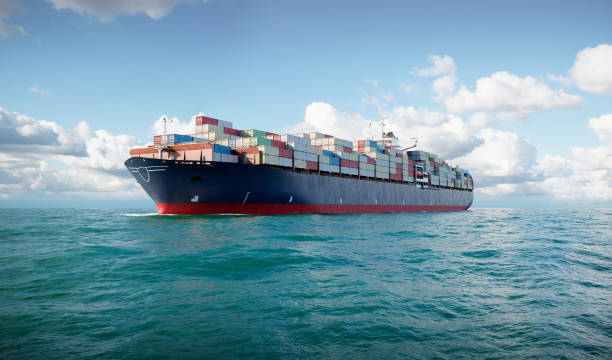Shipping heavy equipment can be a complex and daunting task, requiring specialized knowledge and expertise. Whether you are in the construction, mining, or manufacturing industry, understanding the intricacies of equipment shipping is crucial for successful and efficient operations.
Ship A Car, Inc. is a well reputed company that offers such service and to know more you may visit their website https://www.shipacarinc.com/services/specialized/equipment-shipping/.
In this article, we will explore the essential aspects of equipment shipping and provide you with valuable insights and guidance.
- Transportation options
When it comes to shipping heavy equipment, several transportation options are available. Each method has its own advantages and considerations, depending on the type of equipment and the destination. These options include:
- Road transportation:
- Suitable for short-distance shipments and domestic deliveries.
- Flatbed trailers, lowboys, and specialized heavy haul trucks are commonly used.
- Ensures door-to-door delivery and provides flexibility in terms of routes.
- Rail transportation:
- Ideal for long-distance and intercontinental shipments.
- Allows for the transportation of oversized and overweight equipment.
- Offers cost-effectiveness and reduced carbon footprint compared to other modes.
- Ocean freight:
- Used for international shipping of heavy equipment.
- Requires proper packaging and securing to withstand the maritime journey.
- Utilizes specialized containers, such as open-top or flat rack containers, to accommodate large equipment.
- Air freight:
- Expedited option for urgent shipments or remote locations.
- Costlier than other modes but offers rapid delivery.
- Limited by size and weight restrictions, making it suitable for smaller equipment.
- Considerations for equipment shipping
Proper planning and preparation are crucial to ensure a smooth equipment shipping process. The following are a few important considerations to keep in your mind:
- Documentation and customs:
- Obtain all necessary permits, licenses, and documentation for international shipments.
- Become familiar with the destination country’s customs laws and requirements.
- Packaging and securing:
- Protect equipment from potential damage during transit by using appropriate packaging materials.
- Securely fasten equipment to prevent shifting or movement during transportation.
- Insurance:
- Invest in comprehensive insurance coverage to safeguard against unforeseen incidents and damages.
- Understand the coverage limits and exclusions of the insurance policy.
- Specialized services:
- Consider partnering with reputable equipment shipping providers.
- These providers offer expertise in handling heavy equipment and ensure compliance with safety regulations.
In summary, equipment shipping is a complex process that requires attention to detail and adherence to safety regulations.
By exploring the available transportation options, considering key factors like documentation and insurance, and utilizing specialized services, you can navigate the world of equipment shipping successfully and ensure the smooth delivery of your valuable assets.
Conclusion
Shipping heavy equipment requires careful planning and consideration of various factors. By understanding the transportation options available and adhering to proper packaging and securing methods, you can ensure safe and efficient delivery of your equipment.
Remember to research reputable equipment shipping providers, such as the one mentioned in the second paragraph, who can offer specialized services tailored to your specific needs.
With the right knowledge and preparation, you can navigate the world of equipment shipping with confidence and maintain uninterrupted operations in your industry.




